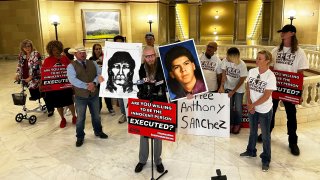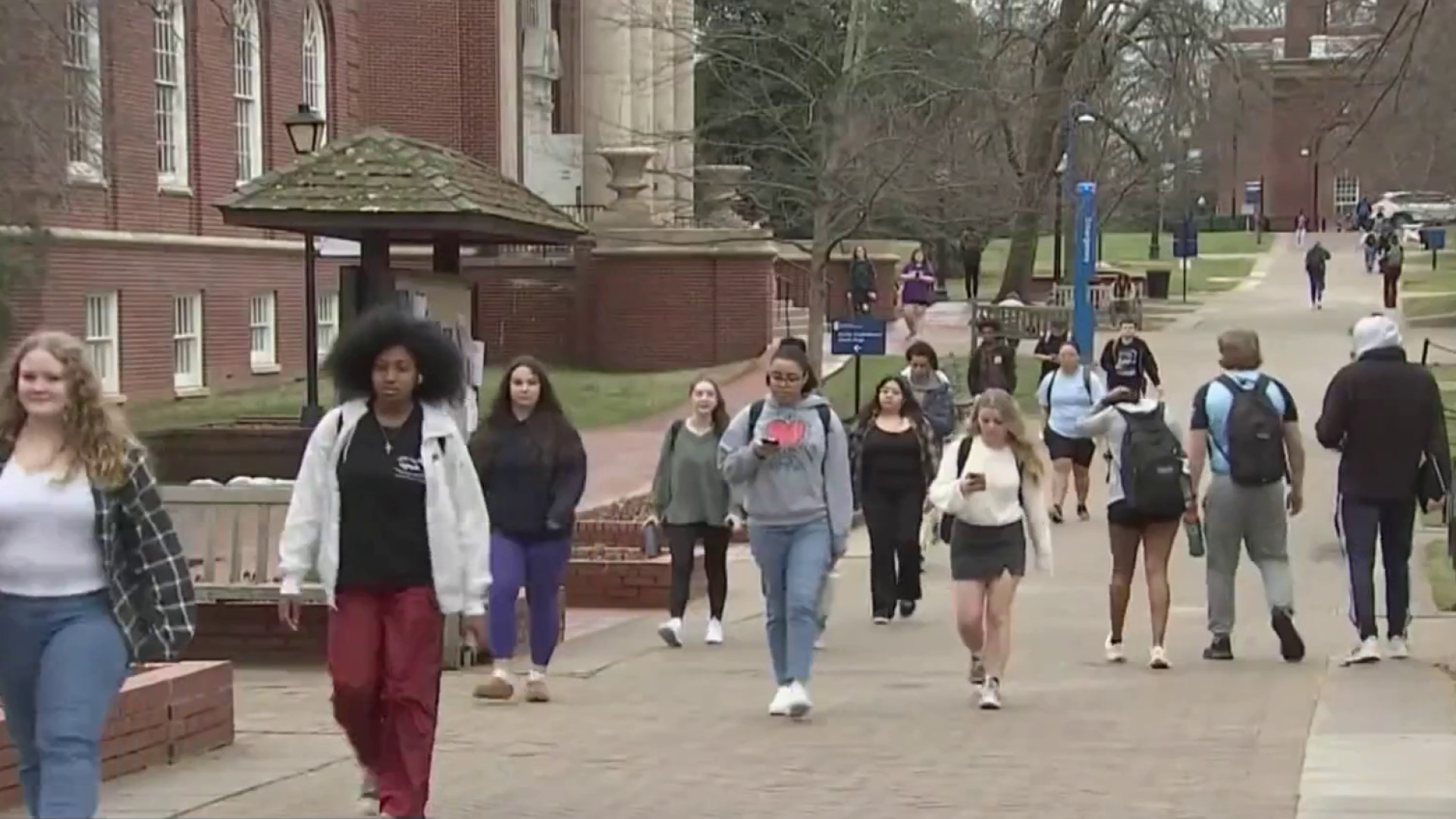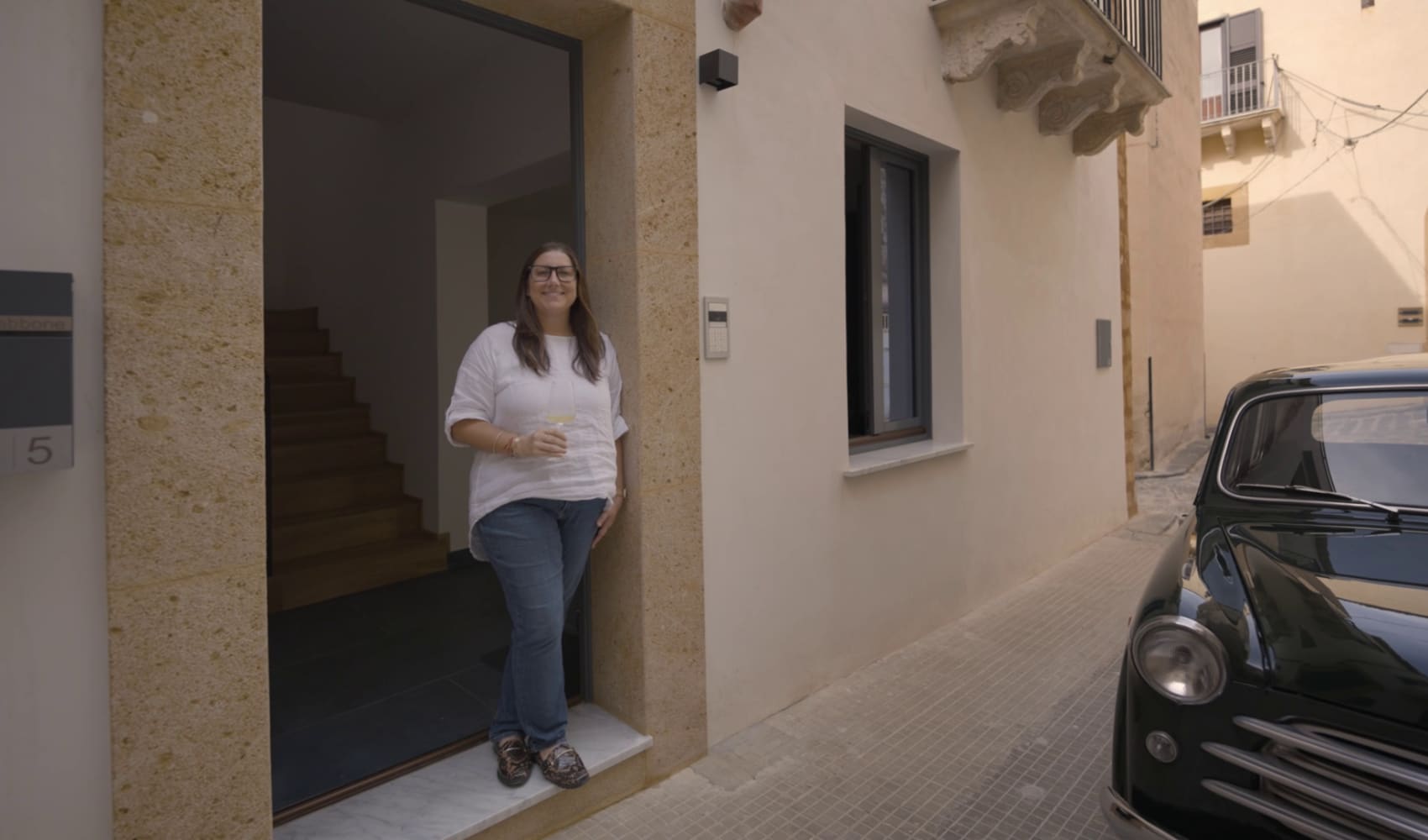
Oklahoma is set to execute an inmate Thursday morning for the 1996 slaying of a University of Oklahoma dance student, a case that went unsolved for years until DNA from the crime scene matched a man serving time for burglary.
Anthony Sanchez, 44, is scheduled to receive a three-drug injection at 10 a.m. CDT at the Oklahoma State Penitentiary in McAlester. He took the unusual step earlier this year of opting not to present a clemency application to the state's Pardon and Parole Board, which many viewed as his last chance to have his life spared. His former attorneys blamed Sanchez's decision on his spiritual adviser, the Rev. Jeff Hood, an anti-death penalty advocate who has befriended death row inmates across the country.
Sanchez’s new attorney, Eric Allen of Columbus, Ohio, has requested a stay of execution in federal court, claiming he needs more time to go through boxes of evidence in the case. So far, that request has been rejected by a federal judge and is pending before the U.S. Supreme Court.
Sanchez was convicted of raping and murdering 21-year-old Juli Busken, an Arkansas native who had just completed her last semester when she was abducted on Dec. 20, 1996, from the parking lot of her Norman apartment complex. Her body was found that evening near a lake in far southeast Oklahoma City. She had been bound, raped and shot in the head.
We're making it easier for you to find stories that matter with our new newsletter — The 4Front. Sign up here and get news that is important for you to your inbox.
Busken had performed as a ballerina in several dance performances during her tenure at OU and was memorialized at the campus with a dance scholarship in her name at the College of Fine Arts.
Years later, Sanchez was serving time for a burglary conviction when DNA from sperm on Busken's clothing at the crime scene was matched to him. He was convicted and sentenced to die in 2006.
Sanchez has long maintained his innocence and did so again in a phone call to The Associated Press earlier this year from death row. “That is fabricated DNA,” Sanchez said. “That is false DNA. That is not my DNA. I've been saying that since day one.”
U.S. & World
The day's top national and international news.
He told AP he declined to ask for clemency because even when the five-member Pardon and Parole Board takes the rare step of recommending it, Gov. Kevin Stitt has been unlikely to grant it. “I’ve sat in my cell and I’ve watched inmate after inmate after inmate get clemency and get denied clemency,” Sanchez said. “Either way, it doesn’t go well for the inmates.”
Oklahoma Attorney General Gentner Drummond maintained the DNA evidence unequivocally links Sanchez to Busken's killing.
A sample of Anthony Sanchez's DNA “was identical to the profiles developed from sperm on Ms. Busken’s panties and leotard,” Drummond wrote last month in a letter to a state representative who had inquired about Sanchez's conviction. Drummond added there was no indication either profile was mixed with DNA from any other individual and that the odds of randomly selecting an individual with the same genetic profile were 1 in 94 trillion among Southwest Hispanics.
“There is no conceivable doubt that Anthony Sanchez is a brutal rapist and murderer who is deserving of the state’s harshest punishment," Drummond said in a recent statement.
A private investigator hired by an anti-death penalty group contends the DNA evidence may have been contaminated and that an inexperienced lab technician miscommunicated the strength of the evidence to a jury.
Former Cleveland County District Attorney Tim Kuykendall, who was the county's top prosecutor when Sanchez was tried, has said that while the DNA evidence was the most compelling at trial, there was other evidence linking Sanchez to the killing, including ballistic evidence and a shoe print found at the crime scene.
“I know from spending a lot of time on that case, there is not one piece of evidence that pointed to anyone other than Anthony Sanchez,” Kuykendall said recently. “I don’t care if a hundred people or a thousand people confess to killing Juli Busken.”
Oklahoma resumed carrying out the death penalty in 2021, ending a six-year moratorium brought on by concerns about its execution methods. The state had one of the nation’s busiest death chambers until problems arose in 2014 and 2015. Richard Glossip was hours away from being executed in September 2015 when prison officials realized they received the wrong lethal drug. It was later learned the same wrong drug had been used to execute an inmate in January 2015.



